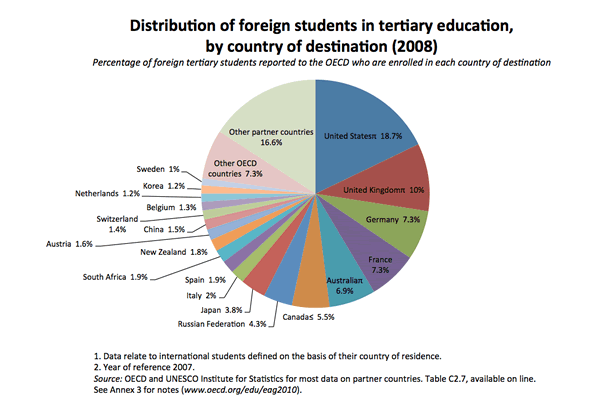CHAPTER 1: The Lifeworlds of Students
Our coming to understand the lifeworlds of students who inhabit transnational educational contexts is more likely to occur when we, too, are willing to cross borders. Such a dynamic project calls for "dwelling in language, in histories, in identities that are constantly subject to mutation" (Chambers, 1994, p. 5). This sort of work struggles within the traditional confines of a classroom and becomes more productive when face-to-face encounters and conversations with individuals in the cultural and material settings that they inhabit are added to the mix. Face-to-face work across borders can, when brought back to the classroom, inform pedagogy and, ultimately, research. As Christopher Keller (2004) points out, "Ethnographic practices…need to consider how the classroom is a location that connects to other locations, locations that subjects constantly inhabit, dwell in, and move between" (p. 210). In other words, we need to move beyond the classroom while holding on to pedagogical concerns.
As they move between locations, all coauthors tend to differ from one another in terms of their motivations, experiences, and positioning within the topographies fashioned by globalization. Both Gorjana and Mirza, for example, were born in Sarajevo in what is now known as the former Yugoslavia. Gorjana describes herself as a "Bosnian Serb" and an "Orthodox Christian," while Mirza defines himself as a "secular Muslim." In contrast, Kate and Tessa, who were both born in Sydney, Australia, and Synne, who was born in Bergen, Norway, and then brought up in Oslo, inhabit transnational contexts in terms of their peer associations within the universities and cities in which they study and work. Although they have spent a goodly amount of time communicating and interacting with those from other countries, they themselves did not immigrate to their current dwelling places; they have always resided in their homelands. Kate, however, did travel to Japan for her "gap year," a common custom in Australia in which students spend a year abroad. The OECD (2011) reports that in 2009, "almost 3.7 million tertiary students were enrolled outside their country of citizenship" (see indicator C3). In the OECD (2010) chart below, we see data from 2008 on the distribution of foreign students in tertiary education (see indicator C3).

The narratives of these 13 individuals—whether presented through a variety of interview formats or through their writing process videos—reveal a great deal about their literacy practices and values, and the kinds of communication in which they participate within digital environments are richly informative.
We also need to note that this project is an experiment in reporting research, in presenting data, in recounting narratives, and in composing arguments and formulating findings. We hope readers will enter into this experiment in the same spirit as that in which we now present our efforts: with the sincere desire to honor the narratives entrusted to us by the coauthors and to understand the information these valuable stories provide about digital literacy practices and values in globalized communication networks.
previous < > CHAPTER 1: Globalization and Technology Diffusion
















